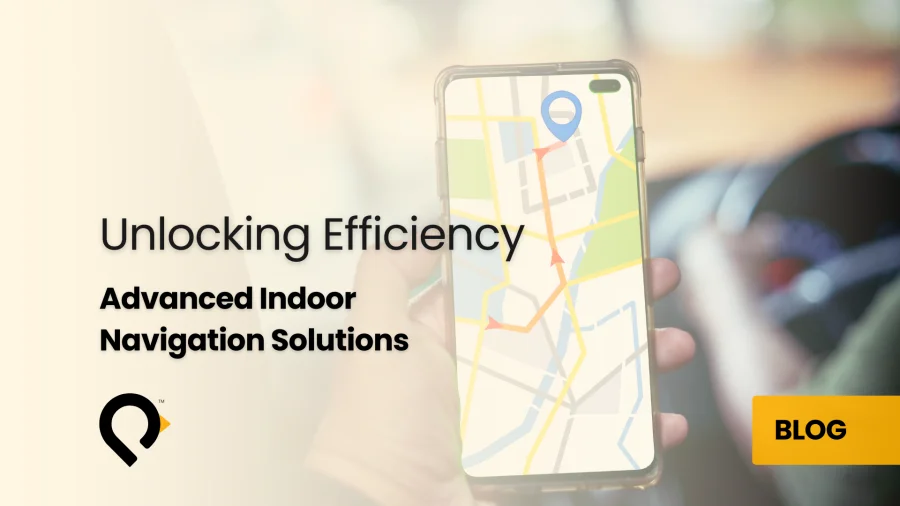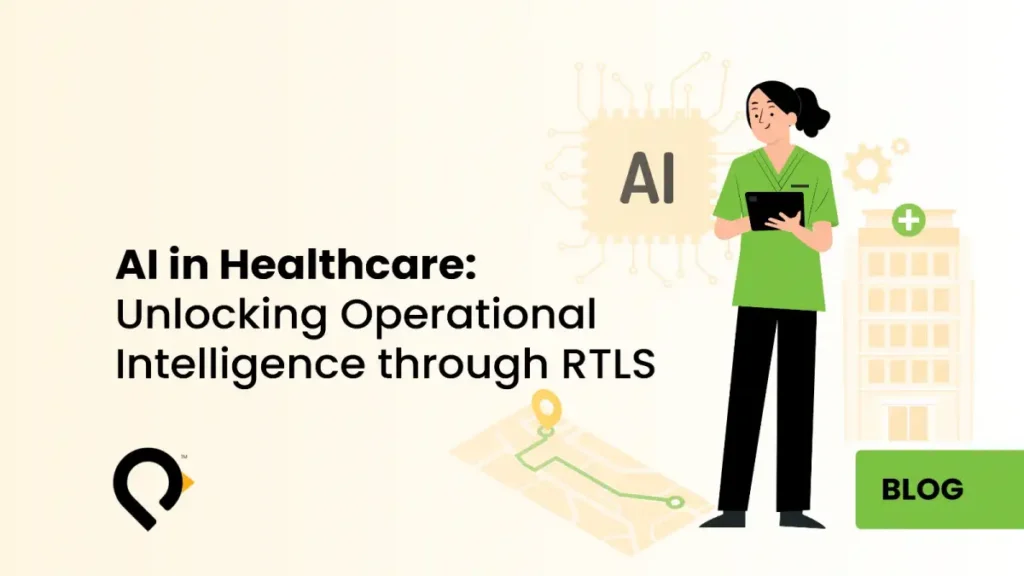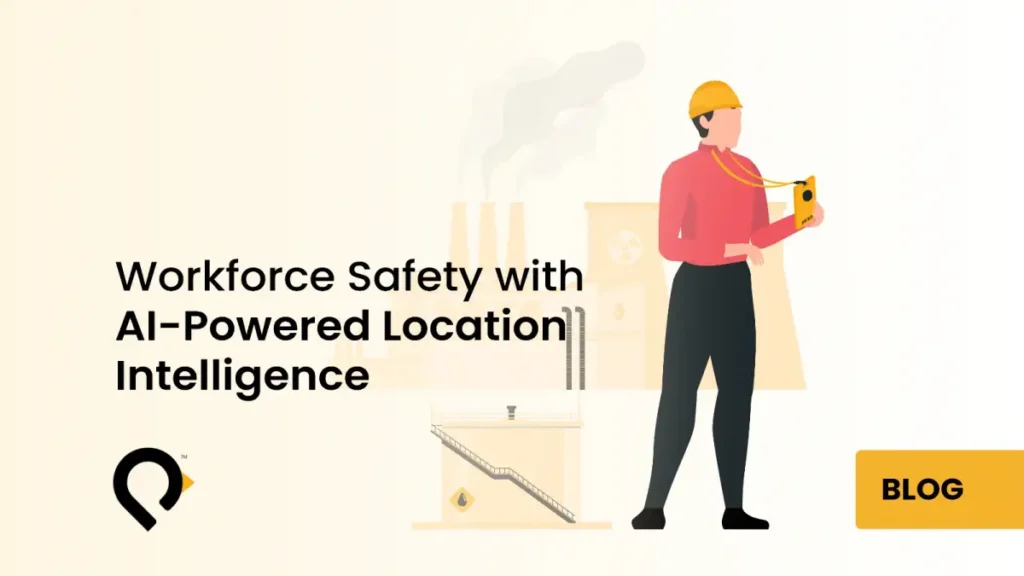
Advanced Indoor Navigation Solutions: Transforming the Way People Navigate Complex Spaces
Navigating large indoor spaces like hospitals, airports, shopping malls, and corporate campuses can be challenging. Traditional signage and maps often fall short in these complex building environments, leading to frustration and inefficiency. This is where advanced indoor navigation solutions come into play, leveraging cutting-edge wayfinding technologies to provide real-time indoor positioning, accurate directions within buildings. Let’s explore the key components that make up an effective indoor navigation system.
Key Components of an Effective Indoor Navigation Solution
1. Mobile Application with Indoor Positioning SDK
A mobile wayfinding application is essential for housing the indoor positioning SDK, which utilizes various location technologies to determine users’ precise locations within a building navigation system. These indoor tracking technologies include:
Radio Signals: Utilizing signals from Wi-Fi positioning and other radio sources to triangulate the user’s position within indoor environments.
Magnetic Fields: Using the unique magnetic fingerprinting signatures within a building to provide location information.
Despite the availability of these indoor positioning technologies, Bluetooth Low Energy (BLE) Beacons remain the de facto standard due to mobile operating systems’ limitations. BLE beacons emit signals detected by smartphones, providing accurate and reliable indoor positioning data.
2. Detailed Maps in Multiple Formats
Effective indoor navigation requires detailed building maps in different formats, including raster and vector maps. Raster maps are pixel-based and offer high detail, while vector maps are composed of paths and shapes, allowing for scalable and interactive mapping features. Both map formats are essential for providing comprehensive navigation assistance.
3. Robust Map Engine
A robust mapping engine is crucial for handling indoor maps and providing user-friendly map interactions. The map engine should perform zoom, pan, and rotate operations smoothly, ensuring users can easily navigate and interact with the interactive building maps.
4. Advanced Routing Engine
The indoor routing engine calculates the shortest path navigation to a destination, considering various factors such as user profiles and abilities. This includes accessibility navigation requirements for individuals with mobility challenges and providing alternative routes when necessary. The routing engine ensures users receive the most efficient and personalized navigation assistance.
5. Comprehensive Content Management System (CMS)
A content management system (CMS) is vital for maintaining and updating the navigation system. The CMS allows facility administrators to:
- Change points of interest (POI)
- Update navigation routes
- Modify building maps
- Perform other configuration tasks and data management
The CMS ensures the indoor navigation system remains accurate and up-to-date, reflecting any changes in the building’s layout or points of interest.
Enhancements for a Superior User Experience
While the components mentioned above form the foundation of an indoor navigation solution, several add-on features can further enhance the user experience:
1. Location-Based Messaging
Location-based messaging can be used as an infotainment tool or monetization feature. This functionality allows administrators to send targeted messages to users based on their current location within the building. For example, users can receive promotional offers when passing by specific stores in a mall or important notifications about events.
2. Analytics, Dashboard, and Reporting
Analytics and reporting tools built on the navigation system’s data provide valuable insights into user behavior and system performance. A dashboard can display real-time metrics, helping administrators understand how the system is used and identify areas for performance improvement.
3. Integration with Outdoor Maps and Routing
Supporting seamless home-to-office navigation, integration with outdoor maps and routing allows users to transition from outdoor navigation (e.g., Google Maps) to indoor navigation seamlessly. This ensures a consistent navigation experience from the user’s starting point to their final destination within the building.
4. Integration with Mobility-as-a-Service (MaaS)
Integrating the navigation system with MaaS platforms provides users with comprehensive travel options, including public transportation schedules, ride-sharing services, and other transportation modes, enabling users to plan their entire journey efficiently.
5. Augmented Reality (AR) Integration
Integrating augmented reality (AR) can enhance the user experience by overlaying digital information onto the physical environment. AR navigation can be used for positioning tasks, such as visualizing the route directly on the user’s smartphone screen, and providing interactive elements that guide users to their destinations.
Conclusion
An effective indoor navigation solution comprises several key components: a mobile application with an indoor positioning SDK, detailed building maps, a robust map engine, an advanced routing engine, and a comprehensive content management system. These components ensure accurate, real-time navigation assistance within complex indoor environments. Additional enhancements such as location-based messaging, analytics, outdoor map integration, MaaS integration, and augmented reality can further improve the user experience and provide valuable navigation functionalities. By leveraging these wayfinding technologies, indoor navigation solutions significantly enhance the efficiency and convenience of navigating large indoor spaces.
Ready to transform the way people navigate your building? Contact us today to learn more about our advanced indoor navigation solutions and see how we can help improve efficiency and user experience in your facility.




